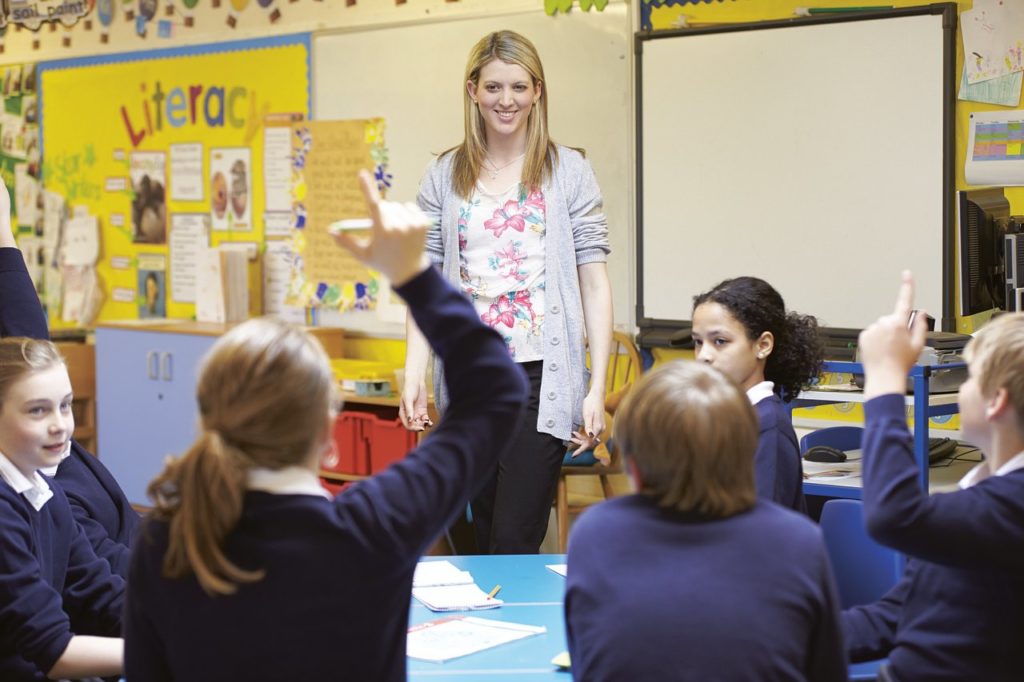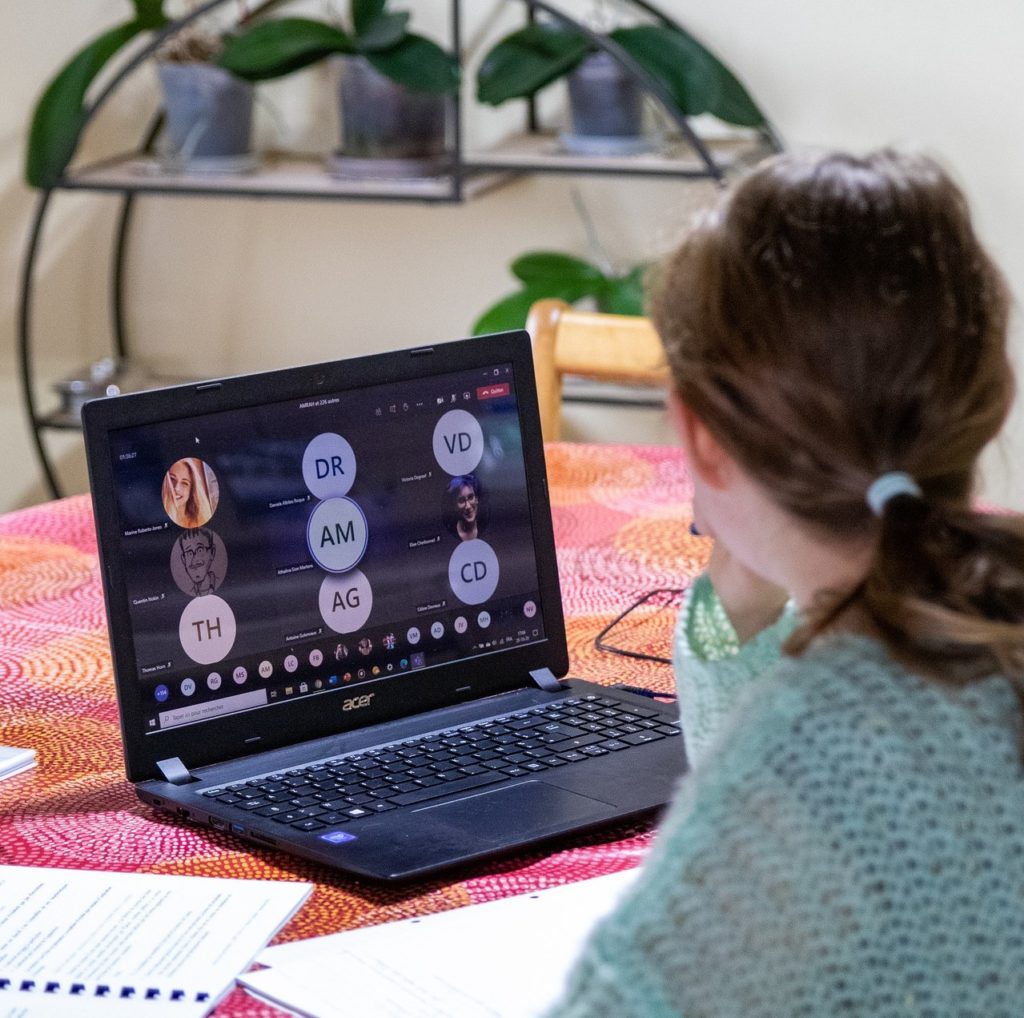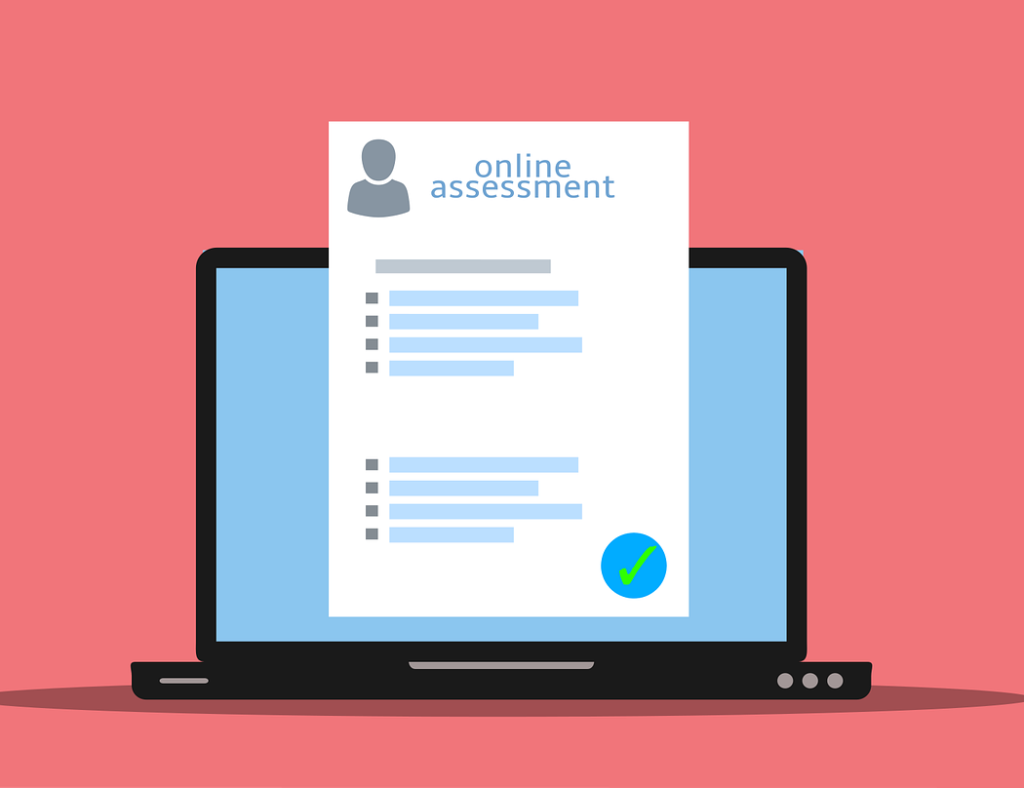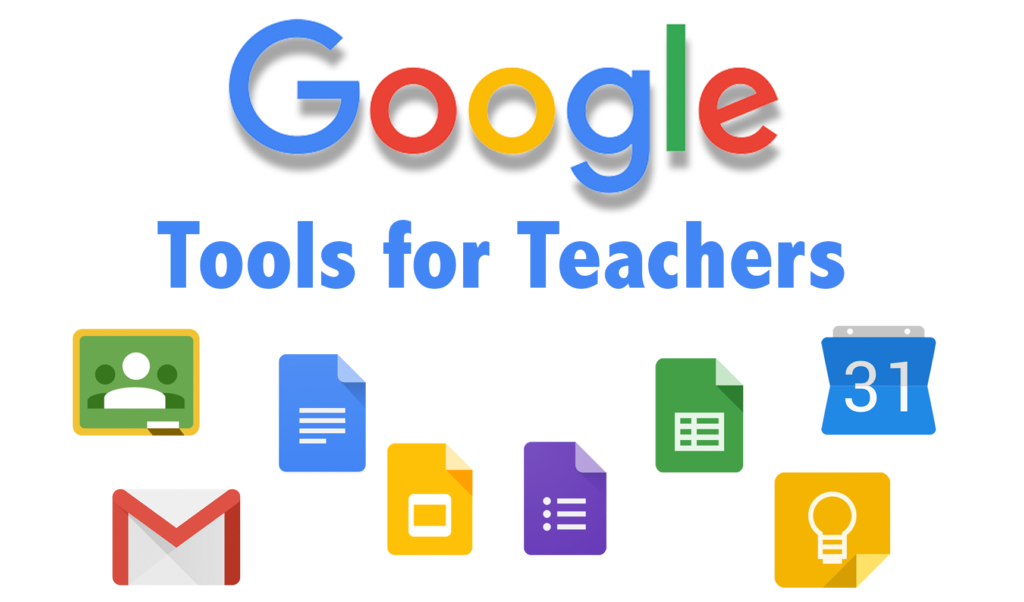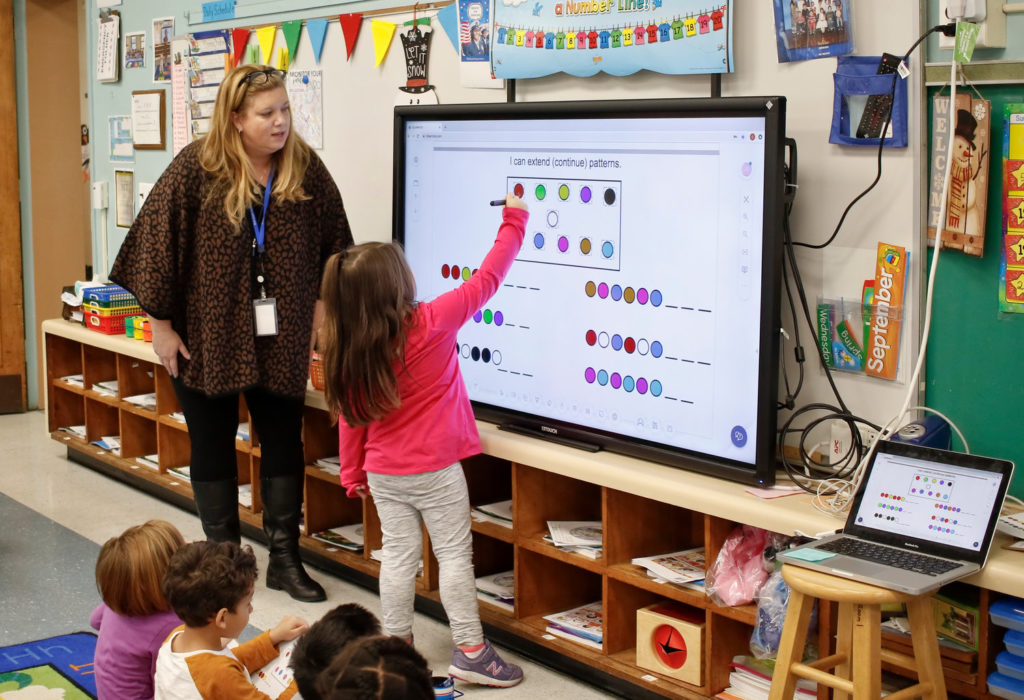
Learning through digital technology has become a daily practice across the education spectrum, around the globe, whether it is formal or informal. Specifically, with the current global pandemic, teachers and education providers have started adopting technology at a pace that most of us never imagined before. However, to provide students with optimal learning experiences with technology-facilitated learning, there are some guiding principles that need to be adhere to.



